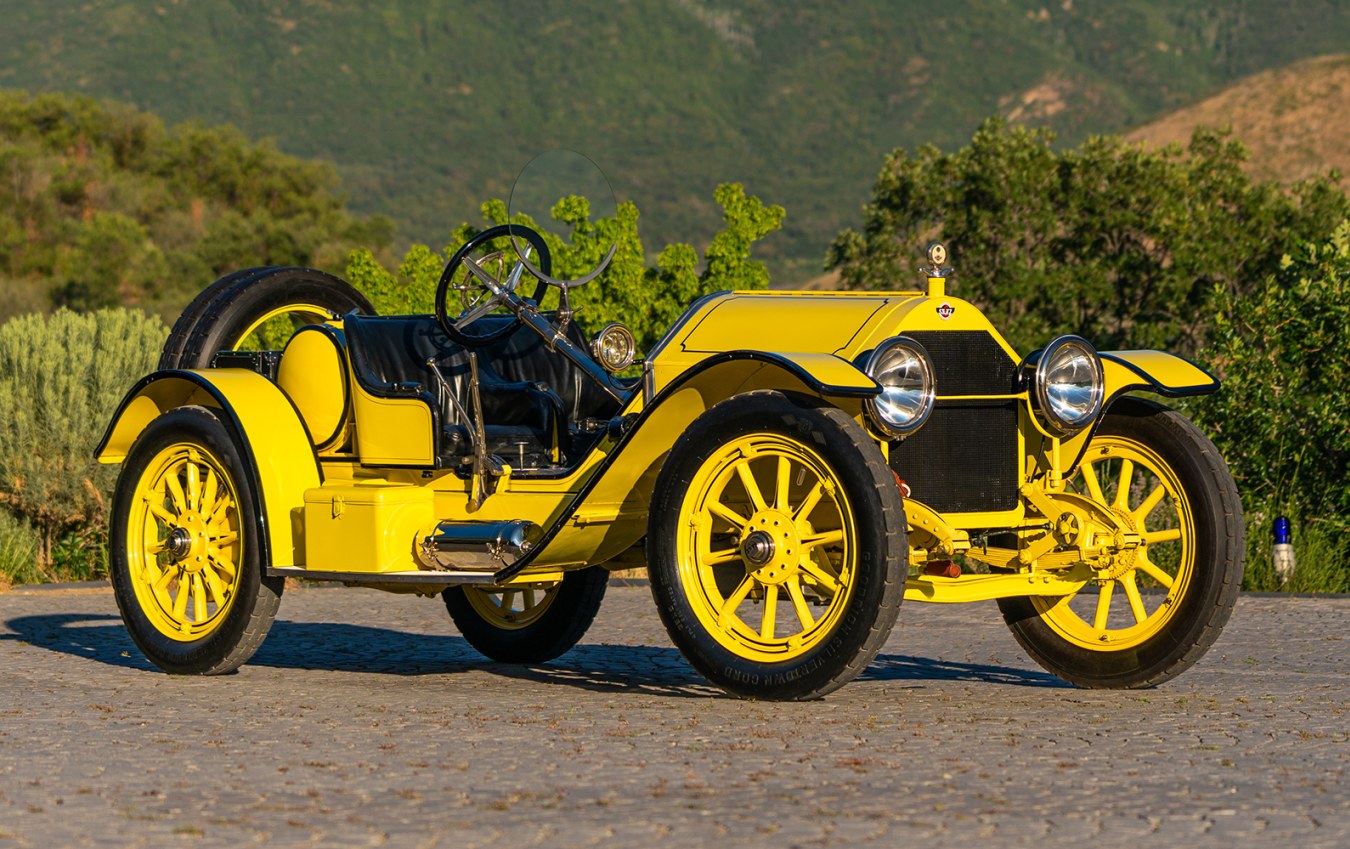Gooding Monterey.
A baby Maserati lights the fuse of success
Cliff Goodall’s view
Photo credit: Gooding
The idea that Gooding, after a year and a half of online-only auctions (excluding London in September 2020) was going to be a success came as the third lot was wheeled out. Not a car, but a children’s car by Allegretti that faithfully replicated a Maserati 250F in 1:2 scale. Obviously, to justify the $30-$40,000 estimate (€25-€34,000 without reserve) it had very respectable characteristics: A Benelli 250cc engine, disc brakes on all four wheels (not even the original had them!), five-speed sequential gearbox capable of reaching speeds of up to 50 miles per hour (80 km/h). But the estimate was the last thing potential buyers were concerned with – after a short bidding war, the car was sold for $156,250 (€132,800)! Well done dad (or grandpa)!
At this rate, the sale was a success.

On paper the contest with RM had very similar assumptions: 128 lots offered and an estimated value of $126,310,000 (€107,363,000), the estimated average value per lot of $986,796 (€838,777) was slightly below that of RM. But, as the final hammer struck, Gooding won “on points” with an overall sales value of $106,674,160 (€90,674,000) or 84.45% of the estimate compared to RM’s 75.85%. The same result also happened for the average value per sold lot: $961,028 (€816,874) for Gooding, $871,113 (€740,446) for RM.

These are the highlights of the Gooding sale.
First and foremost, the McLaren F1 of 1995, the only one produced in Creighton Brown but, above all, with just 387 km from new. Before the auction, Gooding estimated it at “over $15,000,000” (€ 12.75 million) while I saw it going for “around 20” (for those who don’t believe me read our preview!). The auctioneer started with an offer at $10 million and asked for $11 million but was immediately offered… $16,000,000 (€13.6 million). From that moment, it was a succession of raises until the hammer dropped at $20,465,000 (€17,395,000). With this confirmation, the McLaren F1, despite being produced in a number that’s three times higher, is positioned like the Ferrari GTO of the 90s. Now only the sky is its limit.
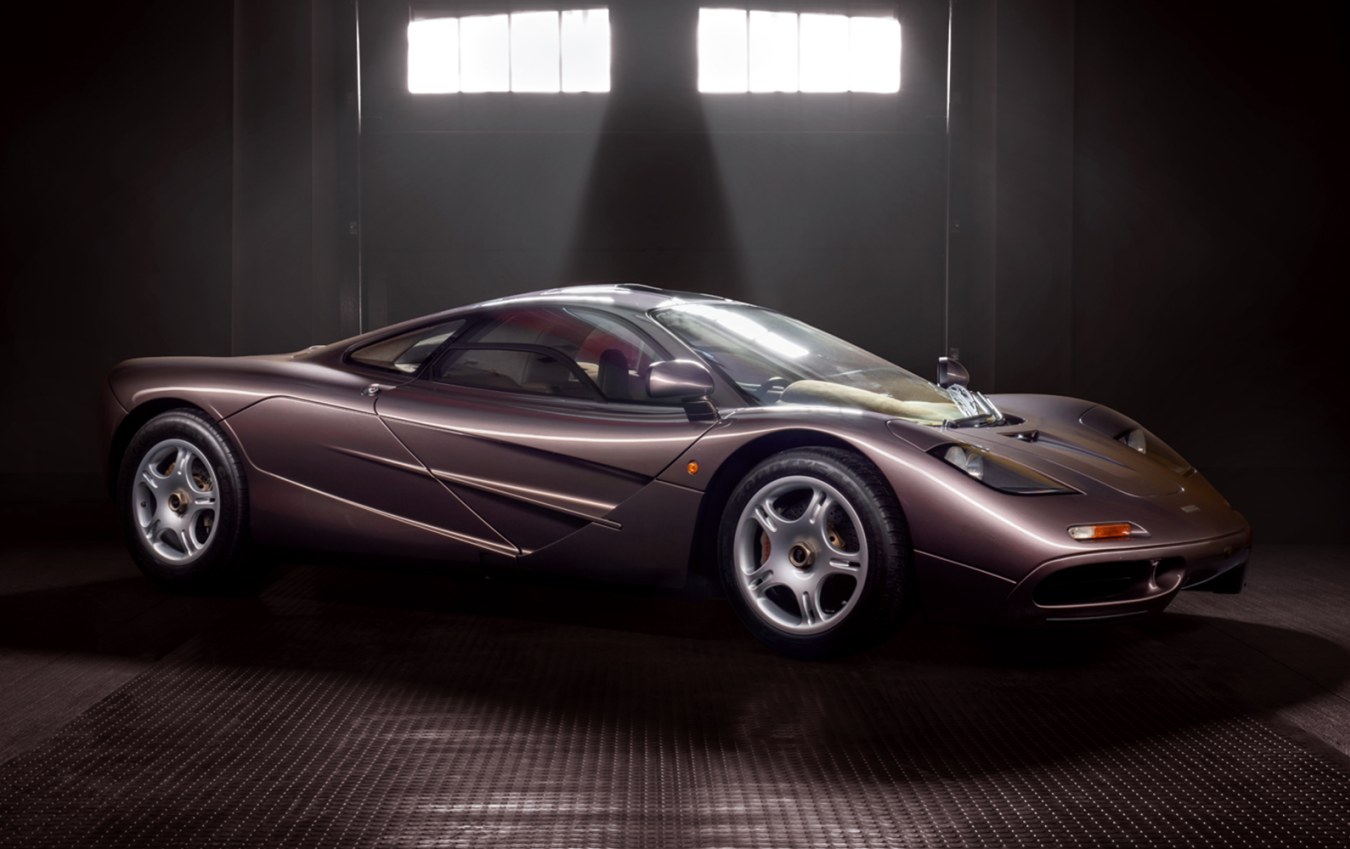
This success was offset by the failure to find a new home for its direct competitor from the time: the Mercedes-Benz AMG CLK GTR Strassenversion (or street version) which was not sold. Estimated at $8.5-$10,000,000 (€7.2-€8.5 million), bids stopped at $7,000,000 (€5,950,000). Looking at the facts, it must be remembered that the last example came up for auction in 2018 and changed hands for $4,515,000 (€3.03 million). From this result, any hope that the price could double after three (nervous) years was to err on the side of optimism. However, if it had been sold at the highest bid plus commissions, it would have had a 70% revaluation.
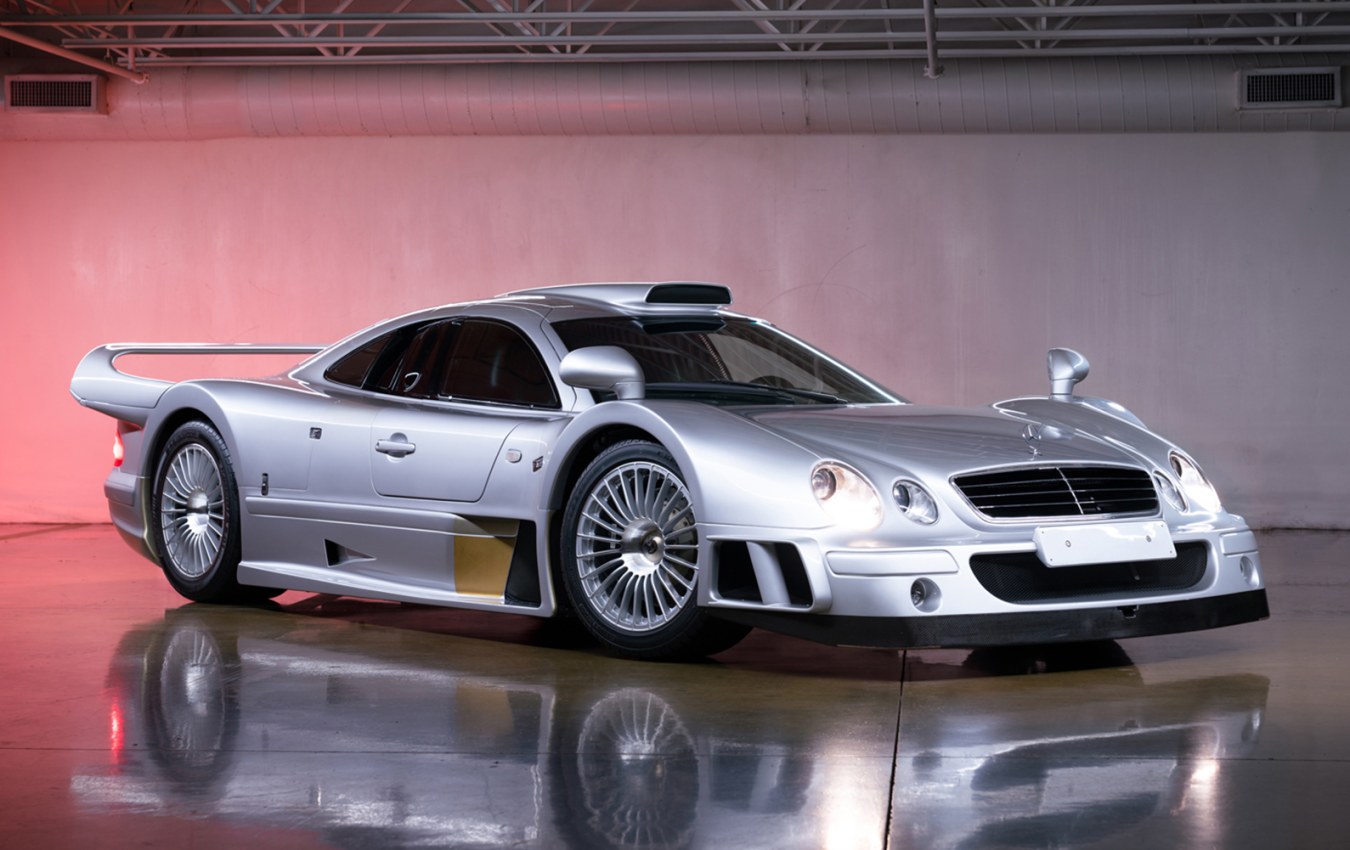
The revelation of the auction was undeniably the category of the Midget Racers. In Europe, these cars are almost unknown but in America they have a considerable following. Midget Racers are very small cars with large engines and an excellent power/weight ratio and were very popular at the turn of the Second World War. Among the best-known names are Richter, Kurtis Krafts but above all Offenhauser.
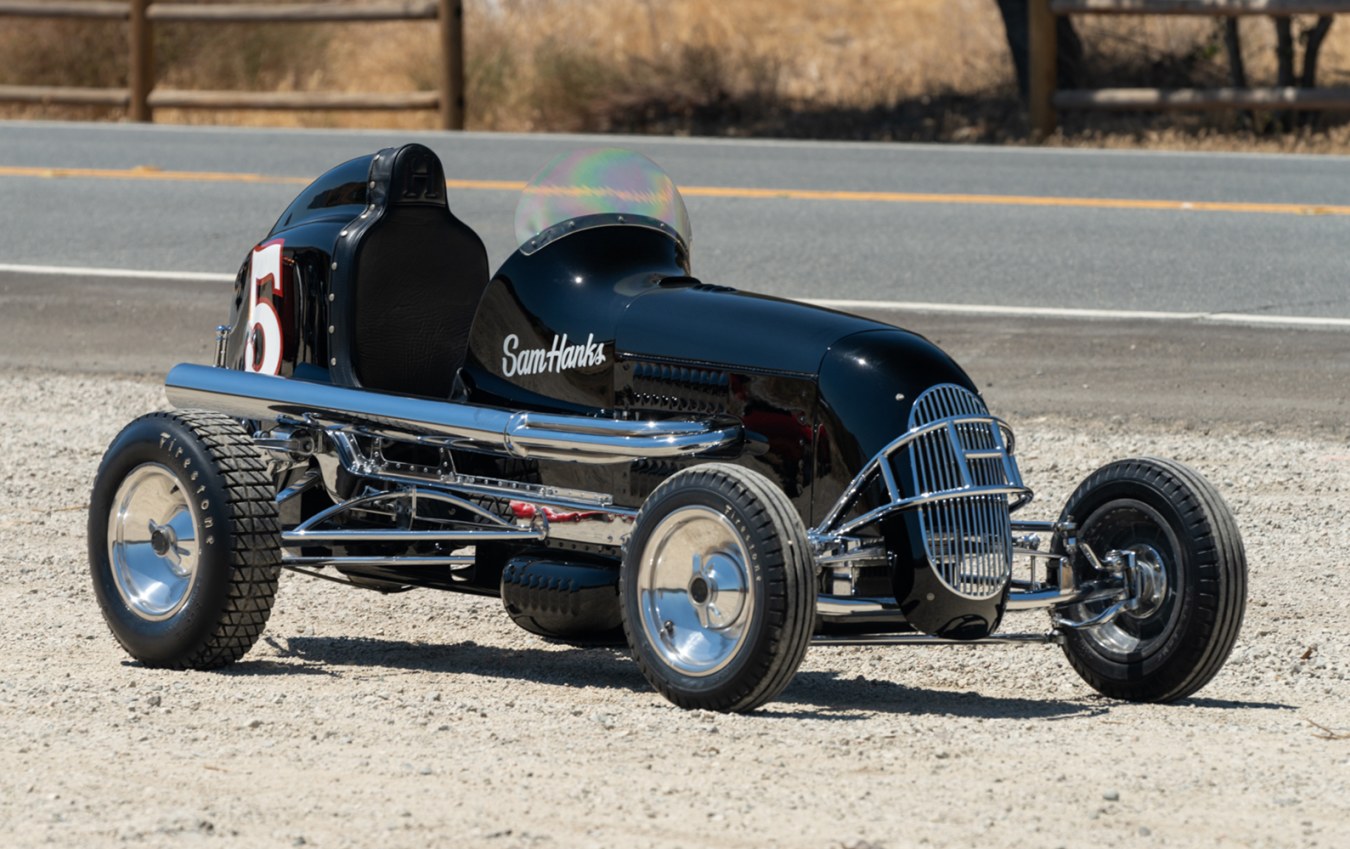
From the collection of Donald Weber, Gooding offered three examples. The first was a 1938 Richter that once belonged to Sam Hanks (the Indy 500 legend): the estimate of $60-$80,000 (€51-€68,000) – strictly without reserve – was shattered at $184,800 (€157,080), a 1947 Kurtis Kraft which claimed victory at the 1949 Pacific Coast Championship immediately behind it broke through its $45-$65,000 (€38-€55,000) estimate when it was sold for $103,600 (€88,060) while a second Kurtis Kraft failed to replicate the success of the previous ones: it was still sold for $81,200 (€69,000) when the estimate was $45-$65,000 (€38-€55,000).
Two more Kurtis Krafts were in the same collection and made headlines: a K4000 that came third at the Indianapolis 500 in 1953, exceeded its estimate of $250-$350,000 (€212-€298,000) when it changed hands for $489,000 (€416,000), while the 500C that took eighth place at the Indianapolis 500 in 1956 doubled its estimate of $125-$175,000 (€106-€149,000) and the new owner took it home for $257,600 (€218,960).
Calculator in hand, the collector aimed to receive a sum between $525,000 and $735,000 from these five lots: in the end, he obtained $1,116,200 (€948,770). Congratulations.
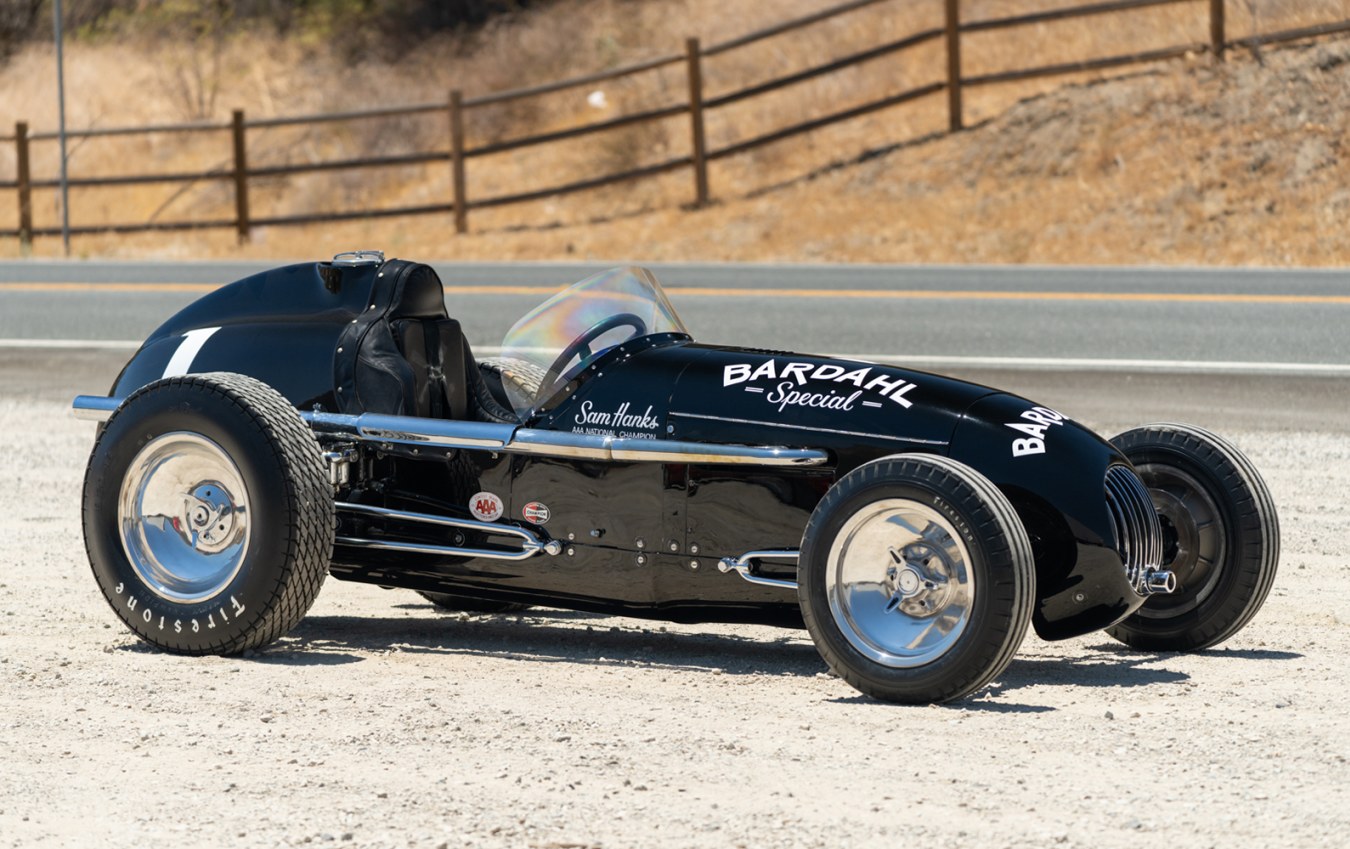
Let’s return to this side of the Atlantic for a moment to tell you the story of three exceptional Germans, who not only defined an era, but are currently redesigning a market.
The RM auction gave clear indications of the ascent of the Mercedes-Benz 300SL Roadster. At Gooding, a truly fantastic example came up for sale: one of the six produced in the final week of 300 SL Production, Bullock Rudge-Style hubcaps, hardtop, Hepco made-to-measure luggage, books and tools and a true rarity: seat belts. Maniacally restored by the world’s best-known 300SL restorer, Paul Russell, just a few years ago, this one had an estimate that in my opinion was pharaonic: $2-$2,500,000 (€1.7-€2.1 million). But the market considered this number too low, and it was sold for $3,085,000 (€2,622,250).
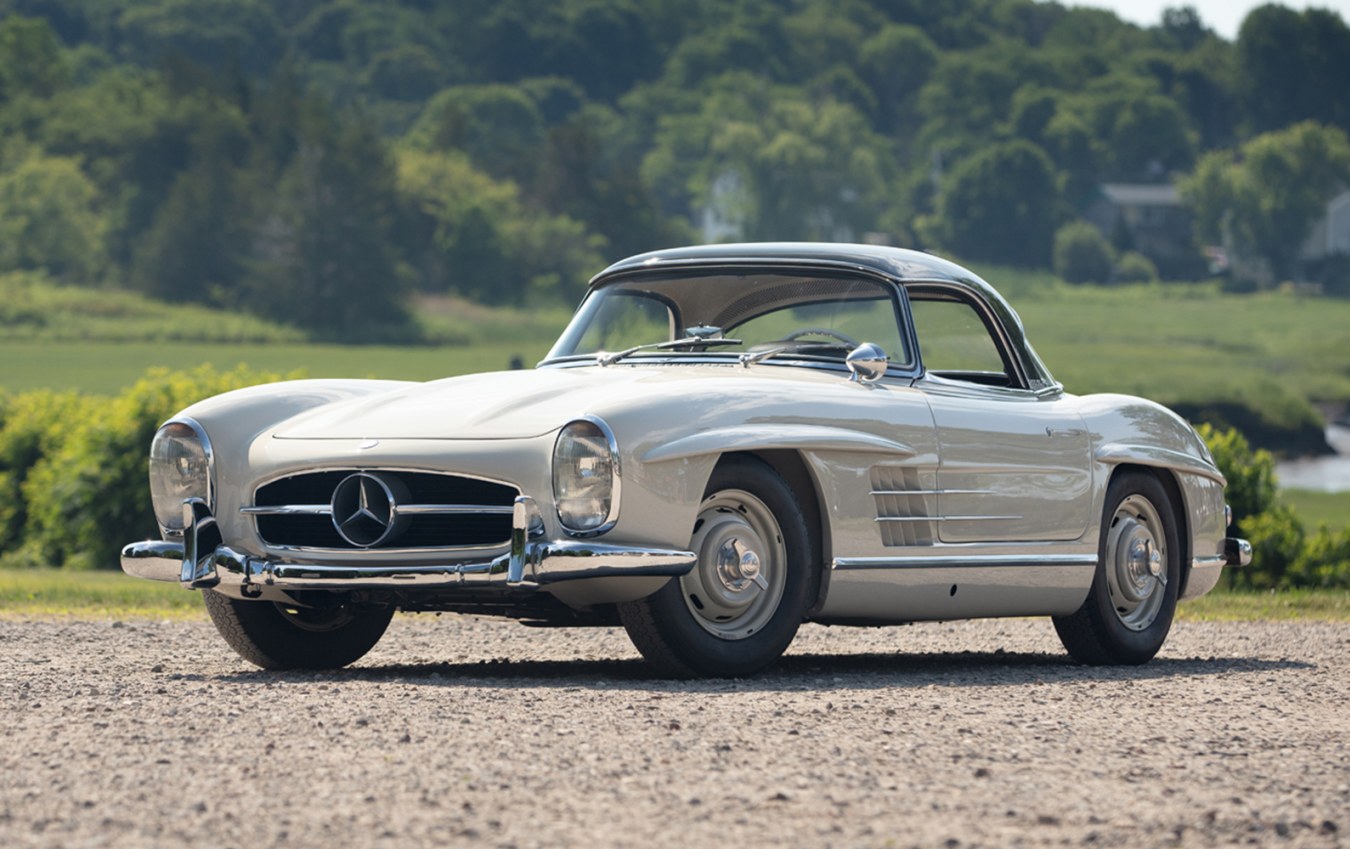
The price of the 300SL is on the rise and auctions have shown it: from RM another roadster was auctioned with an estimate of $1.3-$1.6 million and was sold for $1,655,000 (€1,406,750) while a 300SL Gullwing from 1955, against an estimate of $1.25-$1,500.000 changed hands for $1,710,000, roughly €1,453,500.
Let’s calm down. We had talked in our preview of a Porsche 911, 2.0S Soft Window Targa from 1967 with a huge estimate – $350-$450,000/€300-€380,000. In excellent condition but above all a tug of war with the virtual auctions that had awarded won one at a similar price. Did they succeed? With considerable effort, yes: in the end it was awarded for $428,500 (€364,225), just one thousand dollars more than their virtual competitors. From this day forward, this model has a new valuation.
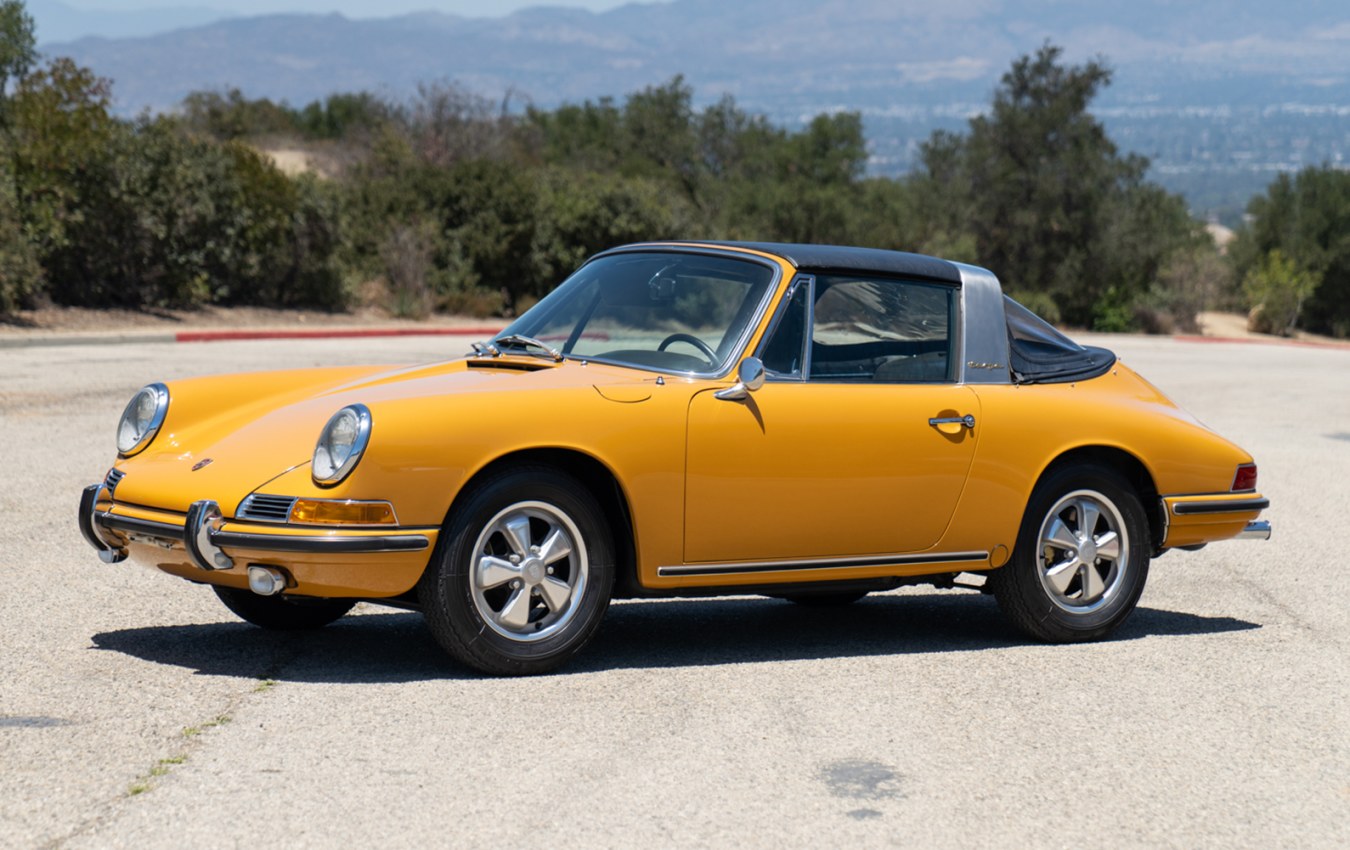
What do you do if you can’t afford a Porsche 911? You buy a Volkswagen Beetle. And the price of these models (despite the fact that millions of them have been produced) is increasing. In particular, the early examples with particular specifications, such as the one offered by Gooding. From 1957, with sunroof, a myriad of extremely rare accessories (the most obvious being the rear fender skirts) in addition to a period Allstate single-wheel trailer. The estimate of $60-$80,000 (€51-€68,000) is decidedly inconsistent for a “people’s car” but not for the auctioneer who managed to bring offers above the momentous threshold of $100,800 (€85,680).
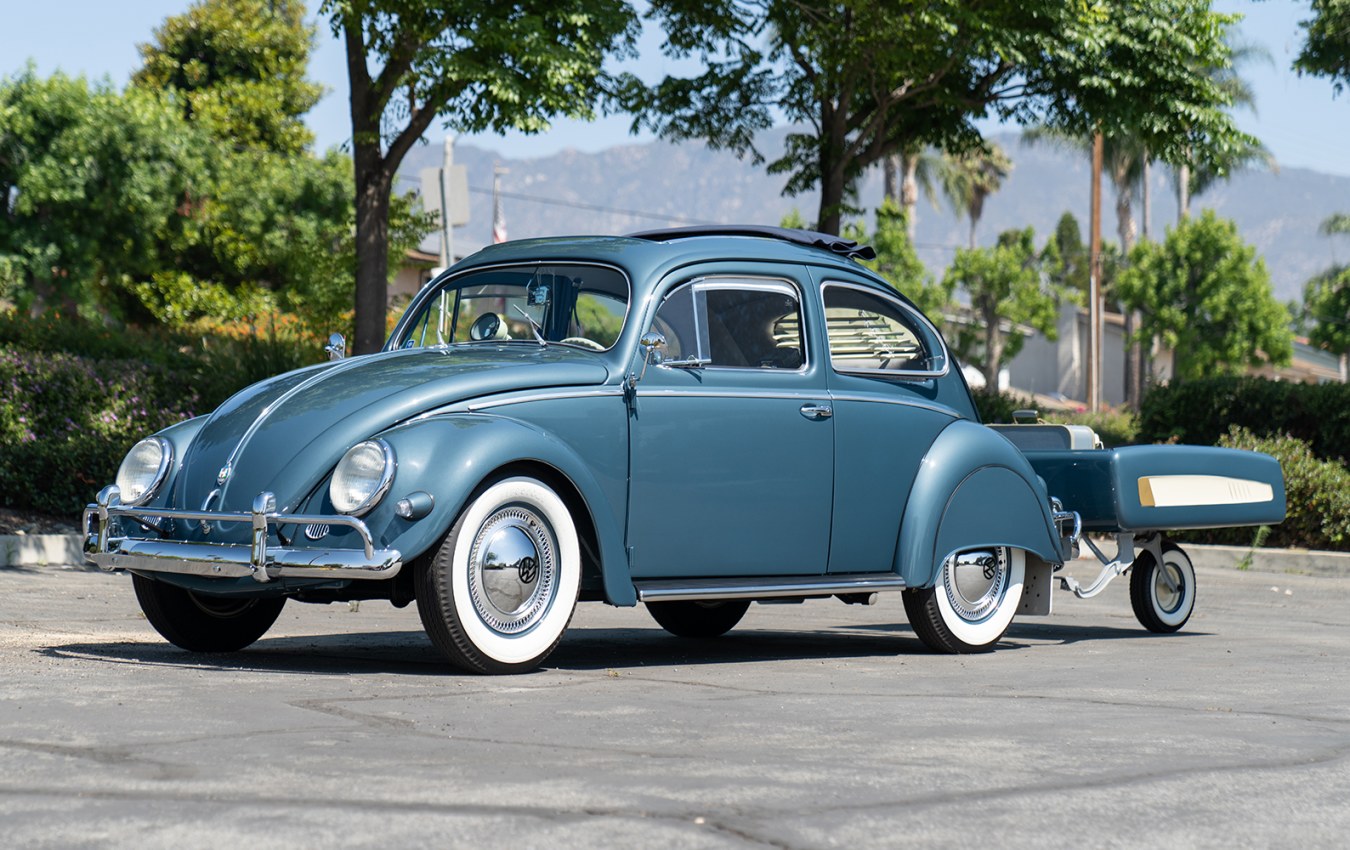
After the three Germans, it’s time for three British cars: two Jaguar E-Types (a coupe and a roadster) and an Austin-Healey 3000. Very common cars at auctions and for this reason something worth keeping an eye on.
Restored with high-level photographic documentation and perfectly presented, they all broke through their generous estimates: for the 1965 Jaguar E-Type S1 4.2 Roadster, the bidders raised their offers well over the estimated $180-$220,000 and finally it was sold for $346,000 (€294,100).
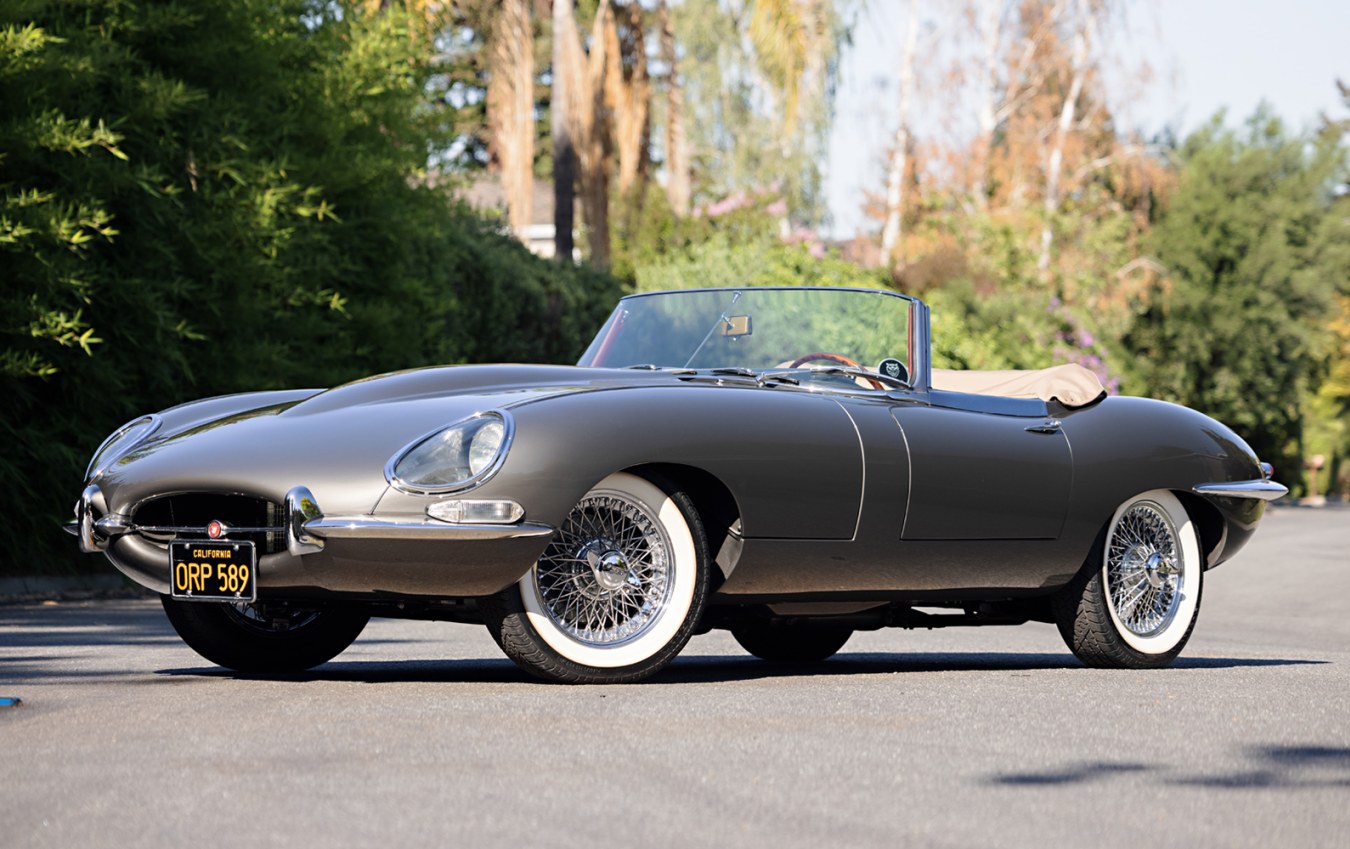
For the Coupe version, a 1964 model, with a 3.8 engine, when the offers started it was clear that it would easily reach the $140-$160,000 estimate but, here this: in the end it was sold for $318.500 (€270,300).
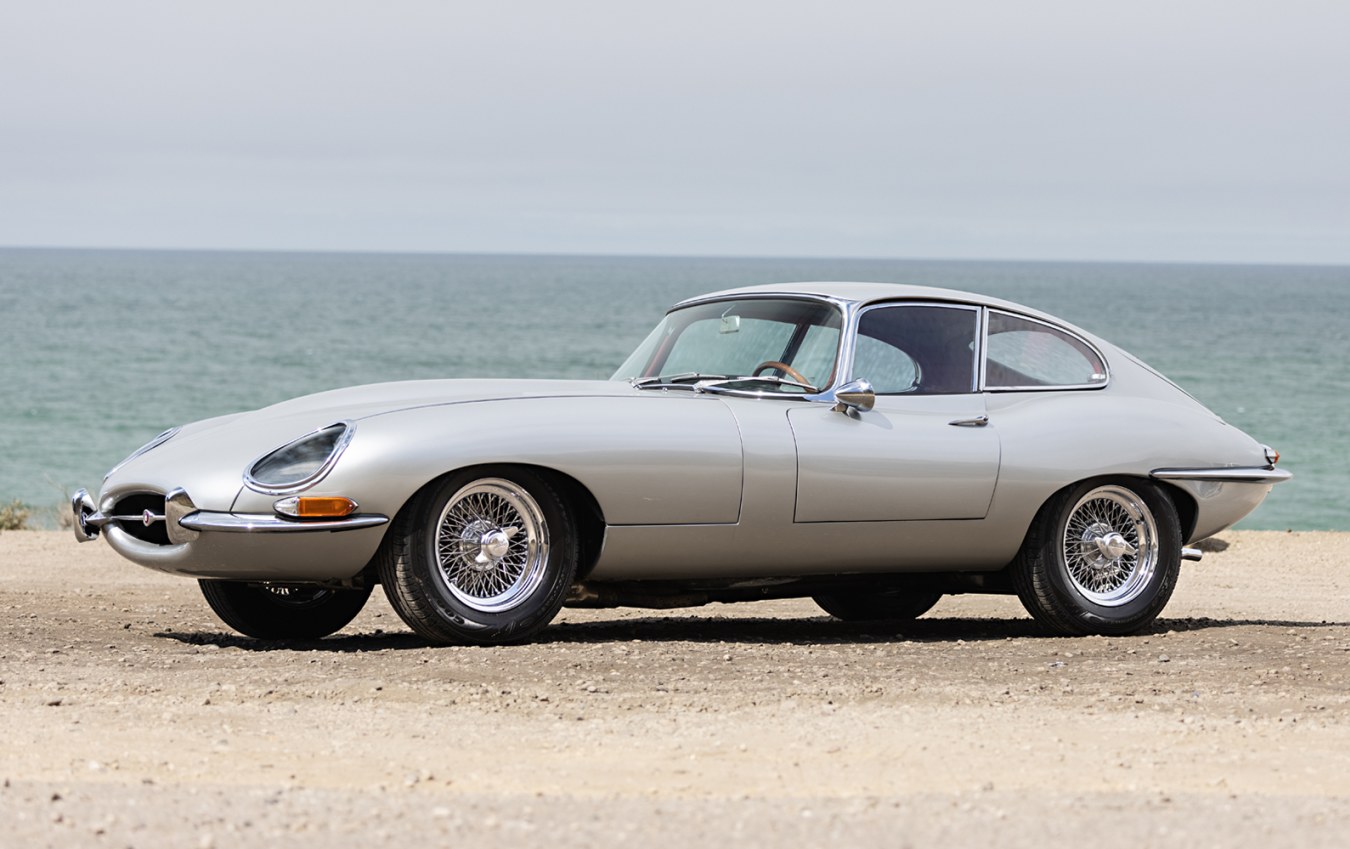
The triptych ends with the Austin-Healey 3000 MkIII BJ8 from 1965. Estimated at $100-$120,000, it was sold for $190,400 (€161,840).
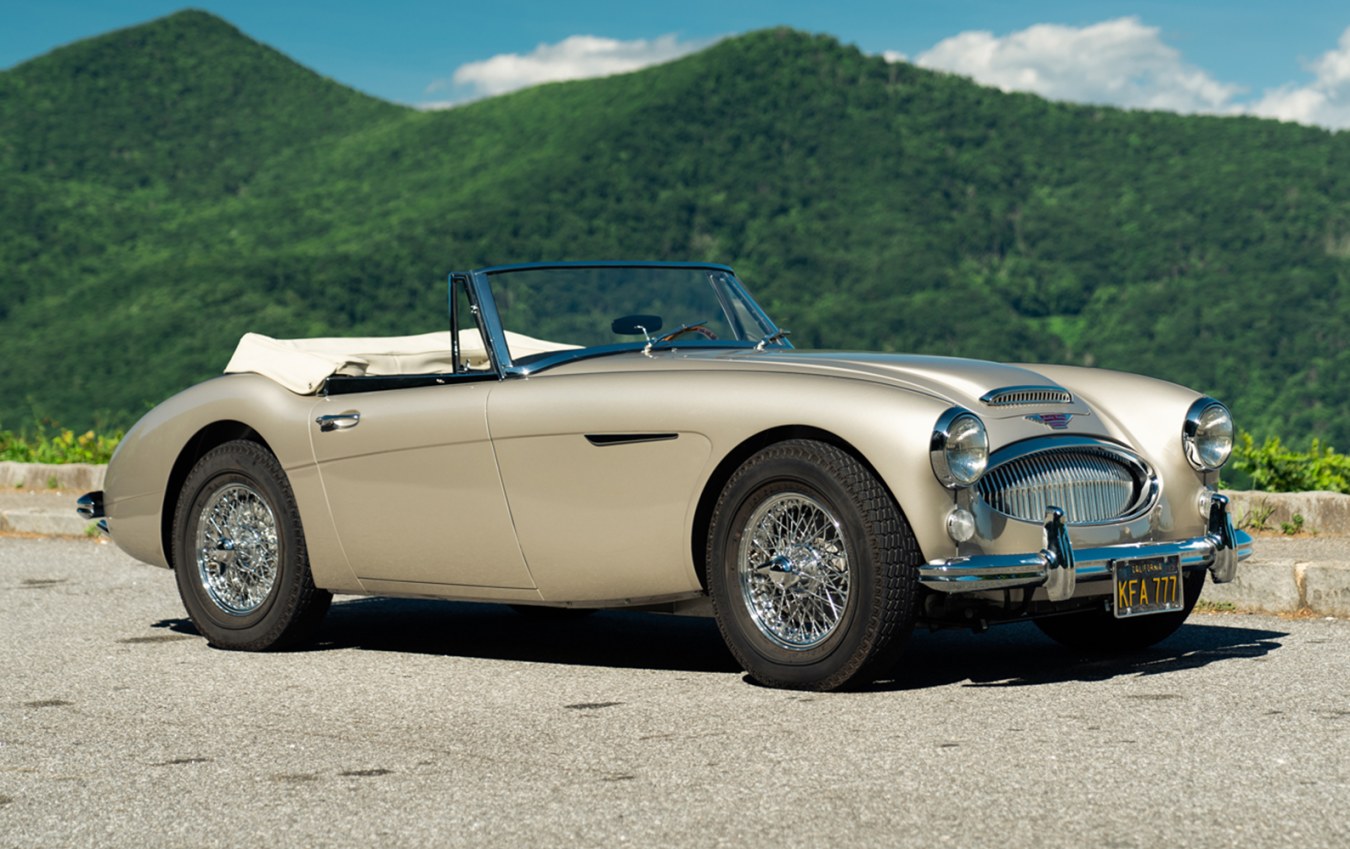
I will end with the pre-war period, which went very well.
A new world record for a Bugatti Type 35. An example from 1929, this was a 35B Grand Prix version that, as its name implies, as soon as it left the factory participated (and won) both the French and Spanish GPs with the official team. The estimate of $3.5-$4,500,000 (€3-€3,800,000) was quickly beaten as the car sold for $5,615,000 (€4,772,750).
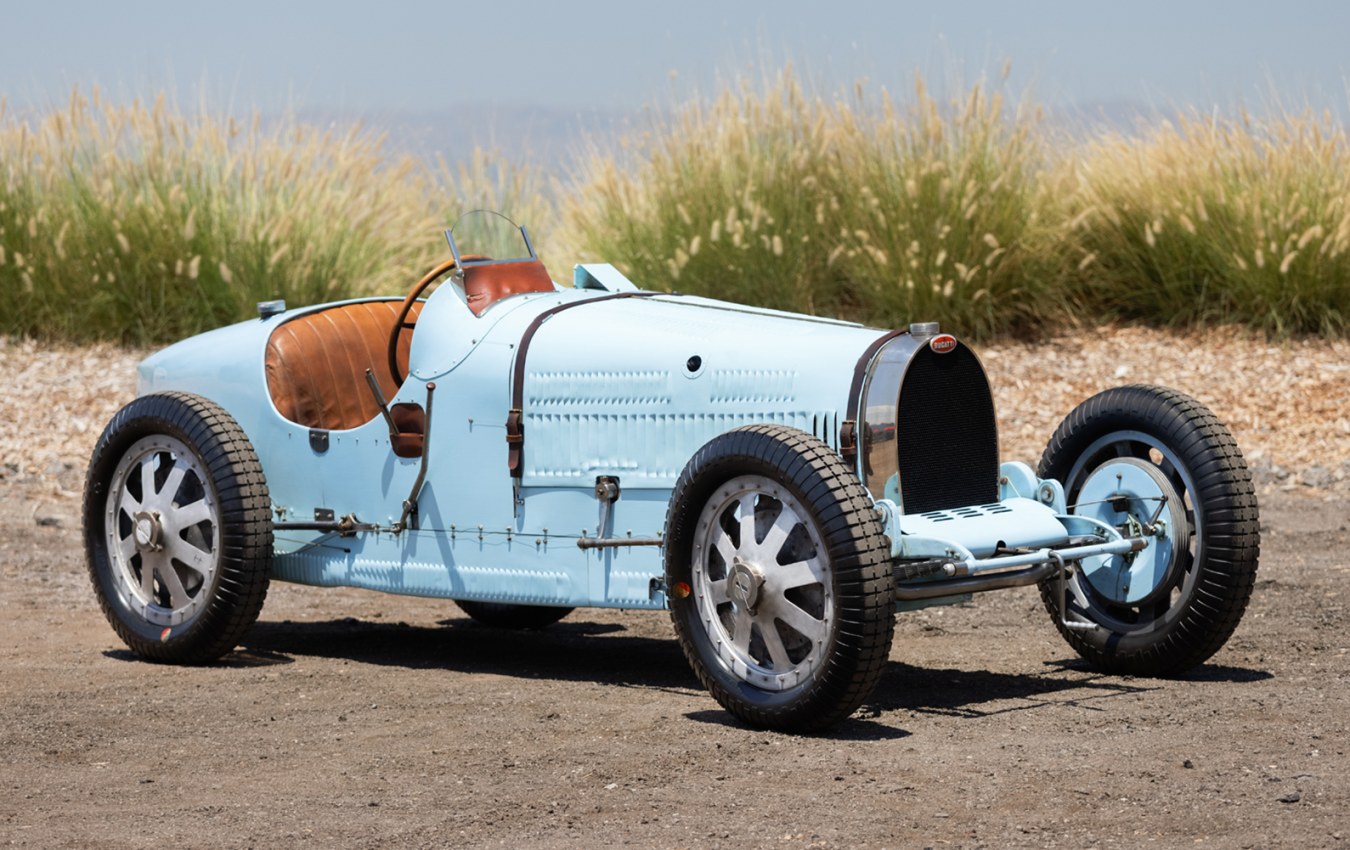
Another success was the Stutz Bearcat 4E from 1914. The Bearcats from before the First World War are the most sought after Stutz models, at the time they were real race cars. In 2006, this example changed hands and set the record for the marque (after flying over its estimate by 50%). Today, a new record and new numbers: in 2006, the consignor paid $715,000 (€ 607,750) for it, and sold it today for $2,920,000 (€2,482,000) – fully within the estimate of $2.75-$3,500,000 (€2.3-€3,000,000).
